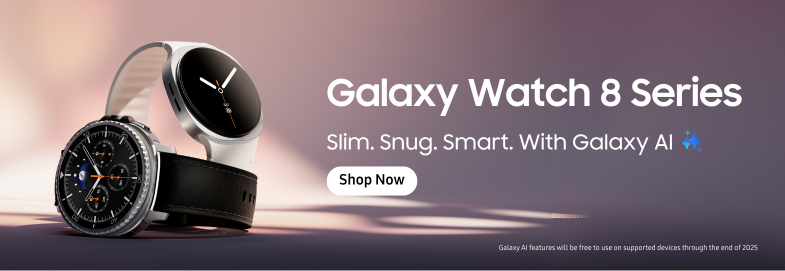Web-Based Computer Aided Dispatch (CAD) and Records Management Systems (RMS)
For decades, CAD and RMS have been the informational wheels keeping most police departments operating. The traditional systems have been complex and time-consuming to procure and maintain — new CAD system implementations were often multiyear, multimillion-dollar projects. Innovative public safety software companies are now offering web-based products that utilize an approach known as software as a service (SaaS), allowing agencies to subscribe to the services they need and shift the maintenance responsibilities to the vendor.
With web-based CAD and RMS, mission-essential information that is data intensive, such as video, photos and detailed building diagrams, can be stored in the cloud and then easily accessed by field personnel. Web-based CAD and RMS also tend to be mobile friendly, allowing officers with smartphones to have full access to critical data, regardless of their assignment or proximity to a vehicle.

5G
The latest in broadband technology will have initial deployments in 2019 to support important testing and learning. Major carriers are also building priority and preemption into their networks to support public safety operations. This means first responders will have the assurance of dedicated bandwidth sufficient to support important operations, even when there is high network demand. The bandwidth made possible by 5G will ultimately permit public safety to utilize technology like live-streaming video and access to large cloud-based files. It will also support expanded IoT utilization, as the network will enable high densities of sensors and networked devices.
Wearables (Smartwatches)
Smartwatches aren’t just for fitness or checking messages. For public safety agencies, they give officers a convenient way to connect to CAD and to integrate with other mission-essential applications. Because the devices are geo-enabled, situational awareness is improved during team responses and command staff can better manage field resources.

The Samsung Galaxy Watch can detect sudden movement, like engagement in a foot pursuit, and automatically push an alert to dispatch. It can silently alert an officer to incoming information with haptic feedback (vibration). Alerts, images and even maps can be instantly displayed on the high-resolution screen. Bike and foot patrol officers can receive and initiate CAD incidents just like officers who have access to an in-vehicle computer.
All of the above technologies will play key roles in shaping the future of public safety by providing essential information to officers when and where they need it, effectively empowering them to do more. The results will be improved officer effectiveness and increased situational awareness — key components of officer safety.
This article was originally published by on Samsung Insights. Click here to download the Public Safety Network’s in-depth cost comparison on Samsung’s DeX in-vehicle solution.
About the contributor
Dale Stockton is a 32-year-veteran of law enforcement and former Editor-in-Chief of Law Officer Magazine and LawOfficer.com.








